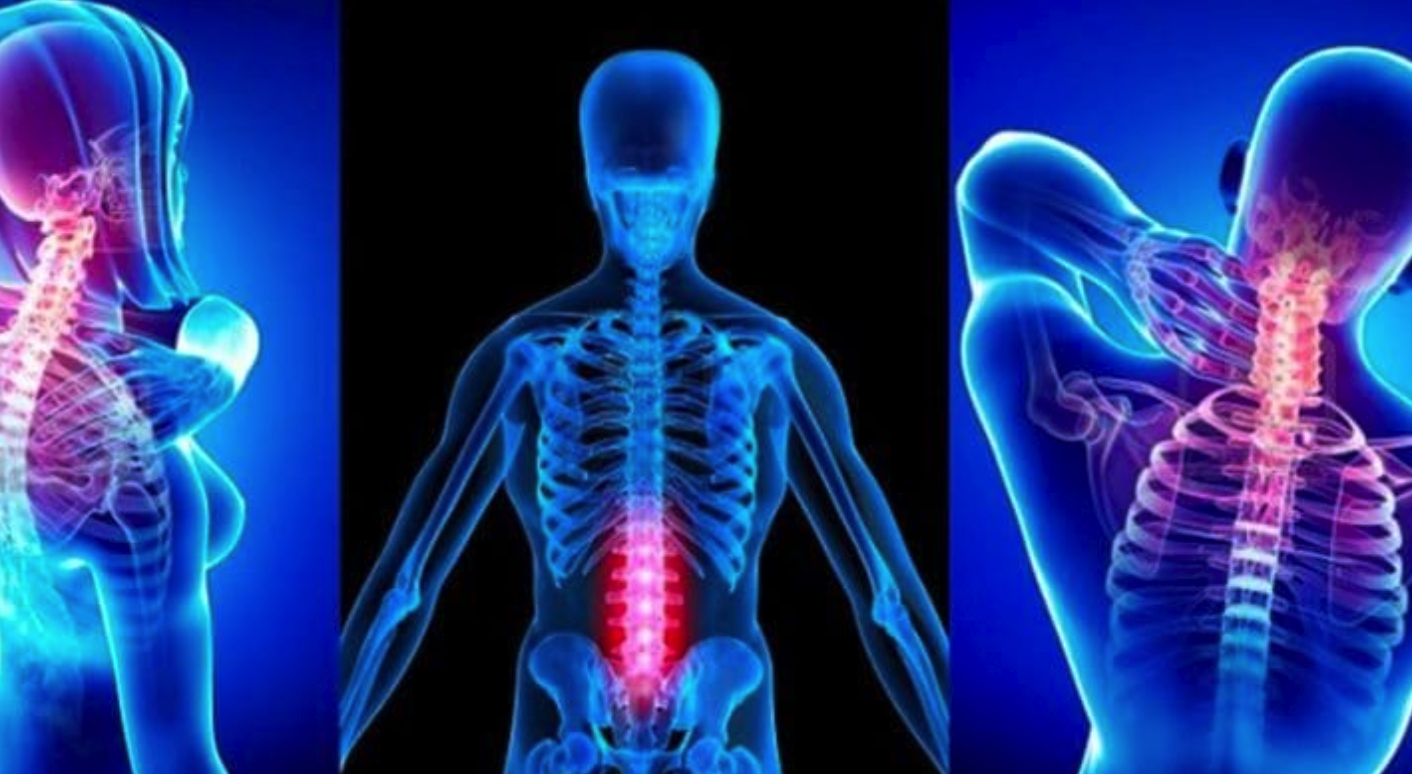


What Is Bioflex Low Intensity Laser Therapy?
Laser therapy is the use of monochromatic light emission from a low intensity laser diode (250 milliwatts or less) or an array of high intensity super luminous diodes (providing total optical power up to the 2000 milliwatt range). Conditions treated include musculoskeletal problems, the arthritides, sports injuries and dermatological conditions. The light source is placed in contact with the skin allowing the photon energy to penetrate tissue, where it interacts with various intracellular biomolecules resulting in the normalization of cellular components. This also enhances the body's natural healing processes. The following chart outlines some of the specific effects of Low Intensity Laser Therapy.
Low Intensity Laser Therapy
The Technology
This dynamic emerging technology utilizes superluminous and laser diodes to irradiate abnormal tissue with photons. These are particles of energy that are absorbed by a variety of micro-molecules within the cell, a process which initiates a number of positive physiological responses. In essence, light energy is converted into biochemical energy. The result - normal cell morphology and function are restored. The process is curative and as logic dictates, symptoms disappear.
Light in its various forms has been used for healing from the time of the ancient Egyptian and Greek civilizations. With recent advances in the engineering of devices and the development of appropriate protocols for effective therapeutic application, dramatic benefits and treatment of many complex medical conditions are now achievable. The BioFlex System combines numerous sophisticated engineering advances with the capacity to control all parameters such as frequency, duty cycle, energy density, duration, etc. An infinitive range of protocols can then be delivered to tissue in standard fashion or on a customized basis.
The monochromatic coherent and polarized characteristics of the therapeutic light beam permit penetration of deep tissues without affecting normal cells. Again, it should be noted that the end result is curative with regard to the pathology, rather than symptom modulation, the conventional approach for the management of pain.
The Advantages Of Low Intensity Laser Therapy
• Non-invasive
• Non-toxic
• Easily applied
• Highly effective
• Cure rate > 95%
• No known negative side effects
The Physiological Effects Of Low Intensity Laser Therapy
Short Term Effects
• Production and release of beta-endorphins (these are morphine like substances produced by various cells in the body that inhibit the sensation of pain)
• Cortisol production is increased (cortisol is the precursor of cortisone). This enables the body to combat the stress associated with trauma or the disease process
• The short-term effect is significant in 5-10% of cases during or after the conclusion of the initial treatment, but is not as important as the long term or cumulative effect
Long Term Or Cumulative Effect
• ATP (adenosine triphosphate) production is increased resulting in improved cellular metabolism
• DNA (deoxyribonucleicacid) production; the protein building block of tissue is substantially increased
• Neurotransmission is facilitated due to elevated levels of serotonin and aceytylcholine
• Mitochondrial activity is stimulated resulting in cell replication etc. (i.e. replacement, regeneration and repair of abnormal cells)
• Modulation of macrophages, fibroblasts and other cells
• Angiogenesis (formation of new blood vessels)
• Regulates cell membrane potential, essential in Na, Cl and K ion transfer (electrolyte balance)
• Cytokines and other chemicals enhancing cellular communications are released
Other Effects
• The immune response is stimulated
• Lymphatic drainage is improved
• The histamine response is positively altered
• Production of growth hormone is increased
• The body's natural healing processes are enhanced
The beneficial physiological changes noted above are the result of cellular stimulation and tissue regeneration. Many other positive activities are modulated including the humoral and cerebral spinal fluid effects which are highly significant and are currently under investigation in research laboratories in order to accurately delineate the scientific aspects of this process.